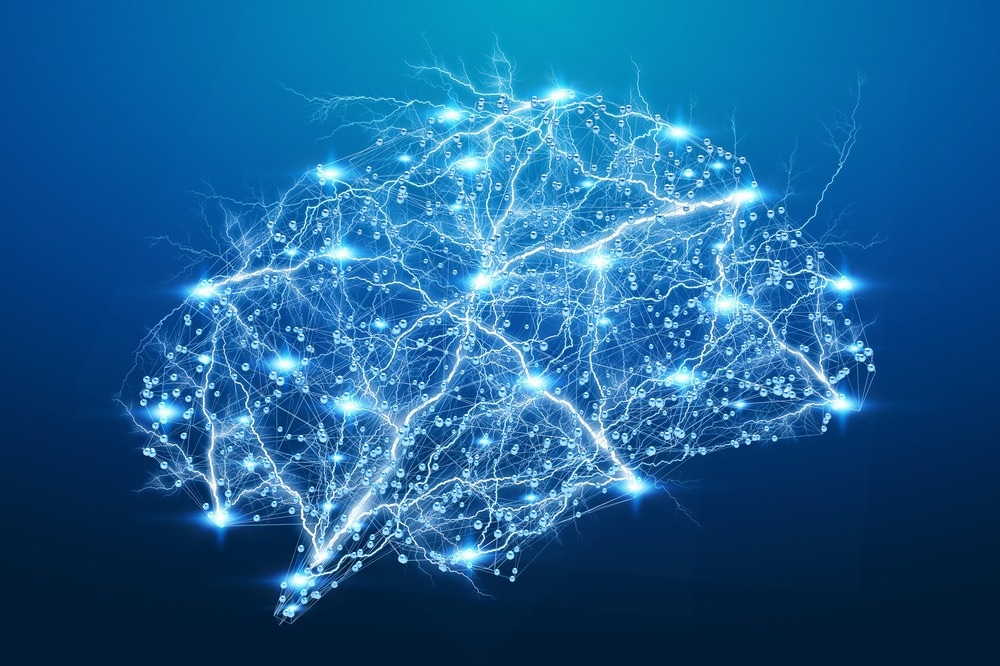Reviewed by Danielle Ellis, B.Sc.Jan 31 2024
The pace of life is hard. It travels more quickly or slowly than intended. Still, humans adjust. Conversational rhythms become familiar. One follows the stream of people strolling along a metropolitan sidewalk.
 In collaboration with New York University’s Michael Long and Stanford University’s Feng Chen and Shaul Druckmann, Cold Spring Harbor Laboratory neuroscientist Arkarup Banerjee is using singing mice, like the one shown here, to understand how our brains control timing and communication. These studies may offer valuable insights into neurological conditions that affect our ability to speak, including strokes and communication disorders. Image Credit: Christopher Auger-Dominguez
In collaboration with New York University’s Michael Long and Stanford University’s Feng Chen and Shaul Druckmann, Cold Spring Harbor Laboratory neuroscientist Arkarup Banerjee is using singing mice, like the one shown here, to understand how our brains control timing and communication. These studies may offer valuable insights into neurological conditions that affect our ability to speak, including strokes and communication disorders. Image Credit: Christopher Auger-Dominguez
There are many instances where we have to do the same action but at different tempos, so the question is, how does the brain do it.”
Arkarup Banerjee, Assistant Professor, Cold Spring Harbor Laboratory
Banerjee and associates have now discovered a fresh hint that the brain shapes the perception of time to fit the requirements. This phenomenon is influenced in part by a noisy creature found in Costa Rica known as Alston's singing mouse.
The unique vocalizations of this breed are recognized for being audible to humans and lasting several seconds. A mouse will let out a cry of longing, and another will answer with a different tune. The song has notable length and speed variations. The goal of Banerjee's research team was to ascertain how the mice's brain's neural circuits control the tempo of their song.

Image Credit: sdecoret/Shutterstock.com
The orofacial motor cortex (OMC) is a part of the mice's brains that the researchers were studying as they acted as though they were playing duets with them. They observed the activity of neurons for several weeks. After that, they searched for variations between songs with various tempos and lengths.
They discovered that temporal scaling is a function of OMC neurons.
Instead of encoding absolute time like a clock, the neurons track something like relative time, and they actually slow down or speed up the interval. So, it is not like one or two seconds, but 10%, 20%.”
Arkarup Banerjee, Assistant Professor, Cold Spring Harbor Laboratory
This finding provides a new understanding of how the voice is produced by the brain. However, Banerjee believes that its ramifications go beyond music or language. It might clarify how other brain regions calculate time, enabling us to modify a range of actions. And that may reveal more about the functioning of our exquisitely complicated brains.
It is this three-pound block of flesh that allows you to do everything from reading a book to sending people to the moon. It provides us with flexibility. We can change on the fly. We adapt. We learn. If everything was a stimulus-response, with no opportunity for learning, nothing that changes, no long-term goals, we would not need a brain. We believe the cortex exists to add flexibility to behavior.”
Arkarup Banerjee, Assistant Professor, Cold Spring Harbor Laboratory
This finding contributes to shaping human identity. Banerjee's breakthrough could advance the comprehension of how human brains facilitate engagement with the world. The potential ramifications for technology, education, and therapy are boundless, and limited only by human imagination.
The sound of music … by mice
Hear the “music” of Alston’s singing mice and find out how it’s helping CSHL scientists understand the parts of the brain that control speech. Video Credit: Cold Spring Harbor Laboratory
Source:
Journal reference:
Banerjee, A., et al., (2024). Temporal scaling of motor cortical dynamics reveals hierarchical control of vocal production. Nature Neuroscience. doi.org/10.1038/s41593-023-01556-5